introduction to Skin Cancer
SKIN CANCER could be a noteworthy open wellbeing concern characterized by the anomalous development of skin cells, frequently as a result of drawn out introduction to bright (UV) radiation from the sun or manufactured sources such as tanning beds. It is one of the foremost common sorts of cancer around the world, with millions of cases analyzed every year. Skin’s cancer can show in different shapes, each with unmistakable characteristics and potential results. Understanding the hazard variables, sorts, side effects, and anticipation techniques related with skin cancer is pivotal for people to secure themselves and get timely medical consideration when required. In this presentation, we’ll investigate the basic viewpoints of skin’s cancer, shedding light on its predominance, causes, and the significance of early location and avoidance measures within the battle against this possibly life-threatening infection.
Table of Contents
causes:
Skin cancer essentially creates due to introduction to bright (UV) radiation from the sun or fake sources, but it can moreover result from other hazard variables. Here are a few of the key causes and chance variables related with skin’s cancer:
- UV Radiation Introduction: Delayed and over the top introduction to UV radiation from the sun is the driving cause of skin’s cancer. This presentation can harm the DNA in skin cells, driving to changes that advance the improvement of cancerous cells.
- Tanning Beds and Lights: Counterfeit sources of UV radiation, such as tanning beds and lights, essentially increment the hazard of skin’s cancer. The UV beams from these gadgets can be indeed more intense than characteristic daylight.
- Reasonable Skin and Light Eyes/Hair: Individuals with reasonable skin, light-colored eyes, and blonde or ruddy hair are at the next hazard for skin cancer since they have less melanin, which gives a few normal security against UV radiation.
- Family History: A family history of skin’s cancer can increment an individual’s helplessness to the infection. Certain hereditary components may play a part in skin cancer improvement.
- Moles and Precancerous Skin Injuries: Having various moles or certain sorts of precancerous skin injuries, such as actinic keratoses, can raise the hazard of creating skin cancer.
- History of Sunburn: Encountering serious sunburns, particularly amid childhood or youth, increments the probability of developing skin cancer afterward in life.
- Debilitated Resistant Framework: People with compromised resistant frameworks, such as those with HIV/AIDS or organ transplant beneficiaries taking immunosuppressive medicines, have the next chance of skin cancer.
- Chemical Introduction: Presentation to certain chemicals, such as arsenic or mechanical chemicals, can increment the hazard of creating skin cancer.
- Radiation Treatment: Past radiation treatment for cancer treatment may contribute to the advancement of skin cancer within the illuminated region.
- Geographic Area: Individuals living in districts with tall levels of UV radiation, closer to the equator or at higher elevations, are moreuncovered to the sun’s destructive beams and in this way have an increased hazard of skin cancer.
It’s vital to note that whereas these variables can increment the chance of skin cancer, anybody can create the infection. In this manner, practicing sun-safe behaviors and normal skin examinations are pivotal for early detection and anticipation. Taking proactive steps to ensure your skin from UV radiation is basic in diminishing your chance of creating skin cancer.
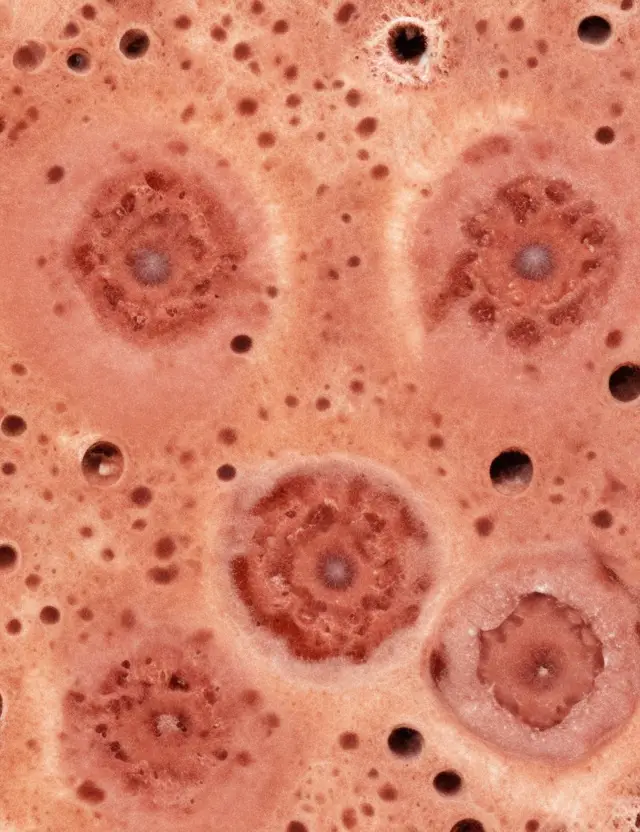
indications:
Skin cancer can show with different side effects, but it’s basic to note that not all show with discernible signs within the early stages. Regular skin self-exams and proficient dermatological check-ups are basic for early location. Here are a few common indications and signs of skin cancer to be aware of:
- Alter in Skin Appearance: One of the foremost common signs could be a discernible alter within the color, estimate, shape, or surface of a mole or skin injury. This alter may happen over time or moderately rapidly.
- Unused Development: The appearance of a unused mole, bump, or development on the skin that doesn’t go absent can be a concerning sign.
- Sporadic Borders: Borders of moles or injuries that are unpredictable, scalloped, or not well-defined are frequently a sign of skin cancer.
- Asymmetry: Moles or injuries that are not symmetrical (i.e., one half doesn’t coordinate the other) can raise doubt.
- Alter in Color: Moles or developments that show varieties in color, counting shades of brown, dark, ruddy, white, or blue, ought to be inspected by a healthcare proficient.
- Tingling or Torment: Diligent tingling, torment, or delicacy in a mole or injury can be a caution sign.
- Ulceration: The advancement of an open sore or ulcer that does not mend, or a sore that over and over coverings over, may be characteristic of skin cancer.
- Dying: Moles or injuries that drain, overflow, or deliver liquid ought to be assessed expeditiously.
- Scaling or Crusting: Diligent scaling, crusting, or scabbing on the surface of a mole or injury can be a sign of skin cancer.
- Alter in Measure: Fast development within the measure of a mole or injury should be investigated.
- Spread of Shade: Shade that spreads from the border of a mole or injury into encompassing skin could be a concerning sign.
- Toady Injuries: The improvement of littler moles or developments close an existing mole may show skin cancer.
It’s essential to keep in mind that skin cancer can happen anyplace on the body, and not all see the same. Furthermore, a few sorts of skin cancer, such as melanoma, can be especially forceful in the event that not identified and treated early. In the event that you take note any of these side effects or have concerns around changes in your skin, it is prudentto look for incite assessment and interview with a dermatologist or healthcare supplier. Early location and treatment altogether make strides the chances of effective results in skin cancer cases.
chance components:
Skin cancer chance variables are characteristics, behaviors, or exposures that increment an individual’s probability of creating skin cancer. Whereas anybody can create skin cancer, certain variables can hoist the hazard. Here are a few key chance components related with skin cancer:
- Intemperate Sun Presentation: Delayed and visit presentation to bright (UV) radiation from the sun may be a major hazard calculate for skin cancer. This incorporates investing a parcel of time outside without sun security.
- Sunburns: Encountering one or more serious sunburns, especially amid childhood or youth, essentially increments the hazard of skin cancer afterward in life.
- Tanning Beds and Lights: The utilize of tanning beds and lamps, which emanate strongly UV radiation, could be a known chance calculate for skin cancer.
- Reasonable Skin, Hair, and Eyes: Individuals with reasonable skin that burns effortlessly, light-colored eyes (blue or green), and blonde or ruddy hair are at higher chance since they have less melanin, which gives a few normal security against UV radiation.
- Family History: A family history of skin cancer, particularly melanoma, can increment an individual’s vulnerability to the infection due to potential hereditary components.
- Various Moles: Having a expansive number of moles (more than 50) or atypical moles (dysplastic nevi) can increment the hazard of creating melanoma.
- Precancerous Skin Injuries: The nearness of precancerous skin injuries, such as actinic keratoses, can demonstrate an lifted hazard of skin cancer.
- Debilitated Resistant Framework: People with debilitated resistant systems, such as those with HIV/AIDS or organ transplant beneficiaries taking immunosuppressive solutions, have a better hazard of skin cancer.
- Age: The chance of creating skin cancer increments with age, with the lion’s share of cases happening in people over the age of 50.
- Geographic Area: Individuals living in locales with tall levels of UV radiation, closer to the equator or at higher elevations, are more uncovered to the sun’s destructive beams and hence have an expanded chance of skin cancer.
- Word related Presentation: Certain callings that include open air work, such as cultivating or development, can lead to higher sun introduction and an expanded chance of skin cancer.
- Past Skin Cancer: Individuals with a history of skin cancer, counting basal cell carcinoma, squamous cell carcinoma, or melanoma, are at the next hazard of developing extra skin cancers.
- Radiation Treatment: Past radiation treatment for cancer treatment may contribute to the improvement of skin cancer within the illuminated zone.
- Individual History of Skin Cancer: In case you’ve got had skin cancer within the past, you’re at an expanded hazard of creating another skin cancer.
- Debilitated Defensive Instruments: Certain therapeutic conditions, solutions, or medications that debilitate the skin’s common defensive components can increment the chance of skin cancer.
It’s fundamental to be mindful of these chance components and take steps to play down presentation to UV radiation, such as wearing sunscreen, defensive clothing, and shades, and looking for shade when outside. Customary skin self-exams and dermatological check-ups can moreover offer assistance with early location and anticipation. Lessening chance components and receiving sun-safe behaviors are key to reducing the chances of creating skin cancer.
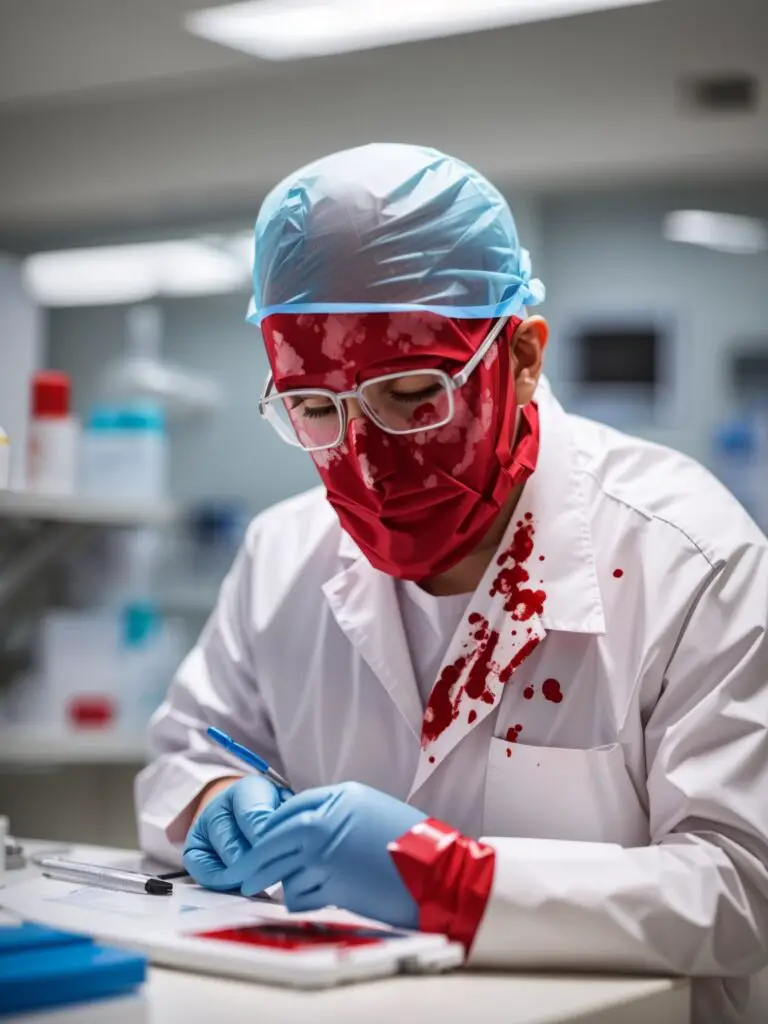
treatment:
The treatment for skin cancer changes depending on the sort and arrange of the cancer, as well as the individual’s in general wellbeing. The essential treatment alternatives for skin cancer incorporate:
- Surgery: Surgery is the foremost common and compelling treatment for most skin cancers. The degree of surgery depends on the measure, area, and arrange of the cancer. Common surgical strategies incorporate:
- Extraction: The expulsion of the cancerous tissue along side a edge of sound tissue.
- Mohs micrographic surgery: A specialized procedure that evacuates lean layers of cancer-containing skin and analyzes them beneath a magnifying instrument until no cancer cells are obvious.
- Lymph node biopsy: In case the cancer has spread to adjacent lymph hubs, these hubs may ought to be expelled.
- Remaking: After expelling skin cancer, reconstructive surgery may be performed to play down scarring and reestablish the appearance of the treated region.
- Radiation Treatment: Radiation treatment employments high-energy beams to target and crush cancer cells. It is frequently utilized when surgery isn’t an choice or when cancer has spread to adjacent lymph hubs. It may too be utilized after surgery to guarantee that any remaining cancer cells are killed.
- Cryotherapy: Cryotherapy includes solidifying the cancer cells with fluid nitrogen. It is regularly utilized for exceptionally early-stage skin cancers or precancerous injuries.
- Topical Solutions: A few topical creams and treatments, such as imiquimod and 5-fluorouracil (5-FU), may be endorsed to treat certain sorts of shallow skin cancers or precancerous injuries.
- Photodynamic Treatment (PDT): PDT includes applying a photosensitizing operator to the skin and after that uncovering it to a particular wavelength of light. This actuates the operator and annihilates cancer cells. PDT is utilized for certain sorts of skin cancer and precancerous injuries.
- Focused on Treatment: In cases of progressed or metastatic skin cancer, focused on treatment drugs may be endorsed to target particular particles or pathways included in cancer development. Examples include drugs that target BRAF transformations in melanoma.
- Immunotherapy: Immunotherapy drugs offer assistance the body’s resistant framework recognize and assault cancer cells. Resistant checkpoint inhibitors, such as pembrolizumab and nivolumab, have appeared guarantee within the treatment of progressed melanoma and other skin cancers.
- Chemotherapy: Chemotherapy is by and large not a essential treatment for most skin cancers but may be considered in certain cases when other medicines have not been successful or when cancer has spread to far off organs.
The choice of treatment depends on variables such as the sort of skin cancer, its arrange, the area on the body, and the individual’s generally wellbeing. Early discovery and treatment offer the leading chances of a fruitful result, so it’s fundamental allude to”>to allude to with a dermatologist or oncologist in case you suspect skin cancer or have been analyzed with it.Moreover, skin cancer treatment regularly includes a multidisciplinary approach, with different pros working together to supply comprehensive care.
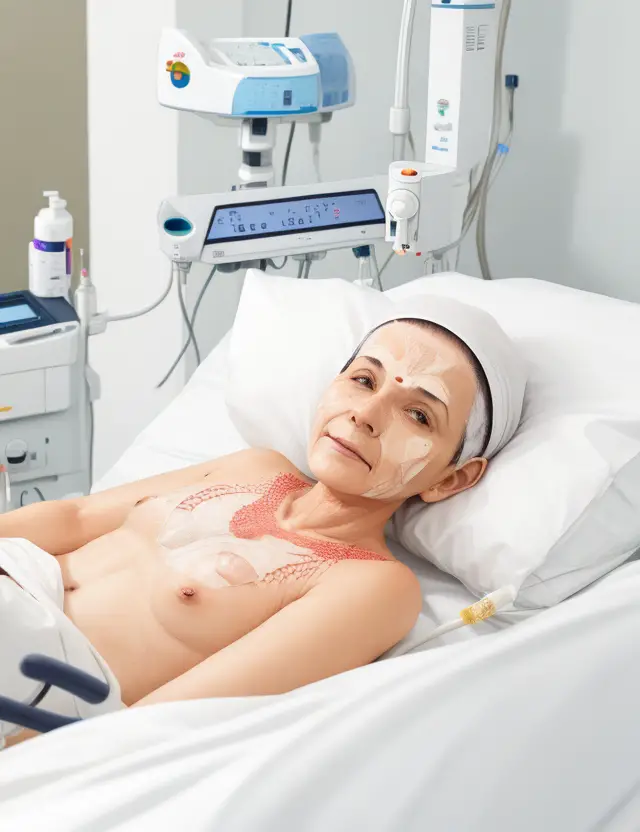
history:
The history of skin cancer is entwined with the broader history of cancer research and understanding. Here is a brief outline of the chronicled improvements and turning points related to skin cancer:
- Old Perceptions: Skin cancer has likely been display in human populaces for centuries, but it was not well-documented in antiquated restorative writings. Be that as it may, a few authentic records propose that old Egyptians and Greeks may have been mindful of skin cancer.
- 16th to 19th Centuries: Skin cancer started to get more consideration in restorative writing amid the Renaissance and Illumination periods. Physicians like Ambroise Paré within the 16th century and Sir Astley Cooper within the 19th century made critical commitments to the understanding of skin cancer, depicting its different shapes and medicines.
- Advancement of Dermatology: The 19th century saw the emergence of dermatology as a unmistakable therapeutic field. Dermatologists started to specialize within the determination and treatment of skin maladies, counting skin cancer.
- 20th Century Propels: The 20th century brought critical progressions within the determination and treatment of skin cancer. Within the early 1900s, the interface between UV radiation and skin cancer was built up, driving to expanded mindfulness of the significance of sun security.
- 1950s – 1960s: The part of DNA harm within the advancement of skin cancer was elucidated, giving a atomic understanding of how UV radiation can lead to cancerous changes in skin cells.
- 1970s – 1980s: The utilize of Mohs micrographic surgery, a exceedingly exact technique for expelling skin cancer whereas saving solid tissue, picked up notoriety within the treatment of certain skin cancers, especially basal cell carcinoma and squamous cell carcinoma.
- Skin Cancer Plague: Within the last mentioned half of the 20th century and into the 21st century, skin cancer rates started to rise drastically, to a great extent credited to increased sun presentation and tanning bed utilize. This driven to escalates open wellbeing campaigns advancing sun assurance and skin cancer mindfulness.
- Propels in Treatment: The late 20th century and early 21st century seen headways in skin cancer treatment choices, counting focused on treatments and immunotherapies, which have appeared guarantee in treating progressed melanoma.
- Skin Cancer Investigate: Continuous investigate proceeds to extend our understanding of the hereditary, natural, and atomic variables contributing to skin cancer. New treatment modalities and preventive techniques are ceaselessly being investigated.
- Skin Cancer Mindfulness: Different organizations, counting the American Cancer Society and the World Wellbeing Organization, have been dynamic in raising mindfulness almost skin cancer hazard components, avoidance, and early discovery through instructive campaigns.
The history of skin cancer reflects not as it were the therapeutic progresses in understanding and treating the illness but moreover the changing designs of sun presentation and way of lifechoices that contribute to its predominance. Nowadays, skin cancer remains a critical open wellbeing concern, but with early location and expanded mindfulness, there’s trust for compelling anticipation and treatment.
conclusion:
In conclusion, skin’s cancer may be a pervasive and possibly life-threatening illness that contains a long history of acknowledgment and think about. Over the centuries, our understanding of skin cancer has advanced, from old perceptions to cutting edge therapeutic breakthroughs. All through this travel, the pivotal part of UV radiation introduction in skin cancer improvement got to be clear, driving to broad endeavors to educate the open approximately sun security.
Later decades have seen surprising advance within the conclusion and treatment of skin’s cancer, counting the appearance of progressed surgical strategies like Mohs micrographic surgery and the improvement of focused on treatments and immunotherapies for progressed cases, especially melanoma.
Be that as it may, the rise in skin’s cancer rates due to expanded sun introduction and tanning bed utilize underscores the progressing significance of avoidance and early location. Skin’s cancer is exceedingly treatable when caught in its early stages, emphasizing the importance of customary skin self-exams, proficient dermatological check-ups, and sun-safe behaviors.
As we move forward, proceeded inquire about, open mindfulness campaigns, and therapeutic headways will play a crucial role within the battle against skin’s cancer. By understanding its causes, recognizing its indications, and advancing proactive measures, we are able collectively work to diminish the affect of skin cancer and improve the prospects for those influenced by this illness.
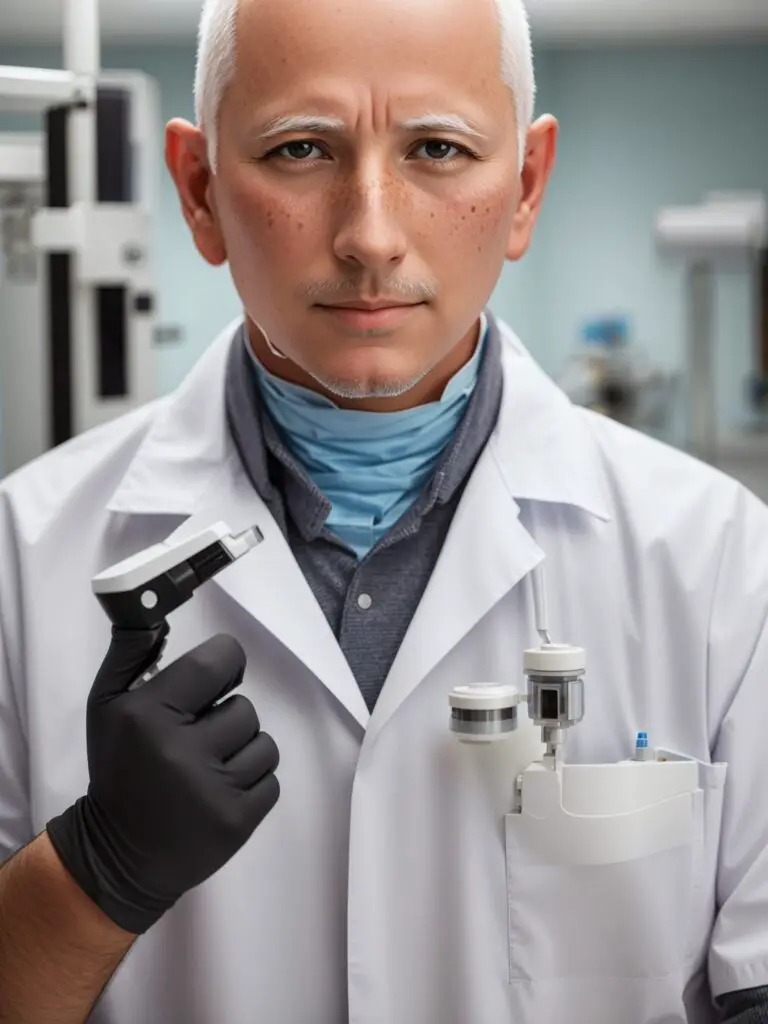
anticipation:
Anticipation may be a key perspective of decreasing the chance of skin cancer. Here are a few compelling procedures to assist avoid skin’s cancer:
- Sun Assurance:
- Utilize Sunscreen: Apply broad-spectrum sunscreen with at slightest SPF 30 or higher to all uncovered skin, including your confront, neck, ears, and hands. Reapply each two hours, or more regularly on the off chance that swimming or sweating.
- Look for Shade: Constrain coordinate sun introduction, particularly amid crest hours (10 a.m. to 4 p.m.). Utilize umbrellas, trees, or buildings to remain within the shade when outside.
- Wear Defensive Clothing: Cover up with long-sleeved shirts, long pants, and a wide-brimmed cap to shield your skin from UV radiation.
- Utilize Shades: Wear shades that give 100% UVA and UVB assurance to protect your eyes and the fragile skin around them.
- Maintain a strategic distance from Tanning Beds and Lights: Direct clear of manufactured sources of UV radiation, such as tanning beds and sunlamps. These can essentially increment your hazard of skin’s cancer.
- Check Your Skin Frequently: Perform month to month self-exams to check for any changes in moles, spots, or skin injuries. Explore for signs of skin’s cancer, counting changes in measure, shape, color, or surface.
- Know Your Hazard Variables: Be mindful of your individual chance variables for skin’s cancer, such as a family history of the malady or a history of serious sunburns. People at higher chance may require more careful sun assurance and customary skin checks.
- Secure Children: Children are especiallydefenseless to the hurtful impacts of UV radiation. Ensure they are satisfactorily ensured with sunscreen, defensive clothing, and caps when outside, and set a great illustration by practicing sun-safe behaviors.
- Remain Hydrated: Legitimate hydration can offer assistance keep your skin sound and strong. Drink bounty of water, particularly when investing time within the sun.
- Dodge Intelligent Surfaces: Keep in mind that water, sand, snow, and other intelligent surfaces can intensify UV radiation. Take additional safeguards when close these surfaces.
- Apply Sunscreen Year-Round: UV radiation can still hurt your skin on cloudy days and amid the winter months. Apply sunscreen reliably, indeed when it’s not sunny.
- Be Careful of Drugs: A few drugs can increment your skin’s affectability to UV radiation. Counsel your healthcare supplier in case you’re uncertain whether your drugs have this impact.
- Proficient Skin Examinations: Plan normal skin’s cancer screenings with a dermatologist, particularly on the off chance that you’ve got a history of skin’s cancer or hazard components. Early detection can be lifesaving.
- Teach Yourself: Remain educated around skin’s cancer, its caution signs, and preventive measures through solid sources and restorative experts.
By consolidating these preventive measures into your way of life and advancing sun-safe behaviors inside your community, you’ll essentially diminish the hazard of creating skin’s cancer and secure your skin’s health for a long time to come.
faqs:
Certainly! Here are a few as often as possible inquired questions (FAQs) almost skin’s cancer:
- What is skin cancer?
- Skin’s cancer could be a malady characterized by the irregular development of skin cells. It regularly creates due to presentation to bright (UV) radiation from the sun or manufactured sources like tanning beds.
- What are the foremost common sorts of skin cancer?
- The foremost common sorts of skin’s cancer are basal cell carcinoma, squamous cell carcinoma, and melanoma. Basal cell carcinoma and squamous cell carcinoma are regularly less forceful, whereas melanoma can be more unsafe on the off chance that not identified early.
- What are the chance variables for skin cancer?
- Chance variables incorporate intemperate sun presentation, sunburns, tanning bed utilize, reasonable skin, a family history of skin’s cancer, various moles, certain hereditary variables, debilitated safe framework, and word related introduction to UV radiation, among others.
- How can I ensure myself from skin cancer?
- Ensure yourself by utilizing sunscreen, looking for shade, wearing defensive clothing, maintaining a strategic distance from tanning beds, and practicing standard self-exams to distinguish any changes in your skin.
- What are the caution signs of skin cancer?
- Caution signs incorporate changes within the color, estimate, shape, or surface of moles or skin injuries, unused developments, unpredictable borders, tingling or torment in a mole or injury, and skin bruises that do not recuperate.
- Is skin cancer treatable?
- Yes, skin cancer is treatable, particularly when identified early. Treatment alternatives may incorporate surgery, radiation treatment, cryotherapy, topical drugs, focused on treatment, immunotherapy, or a combination of these, depending on the sort and arrange of skin’s cancer.
- How can I perform a skin self-exam?
- Frequently check your skin for any changes or suspicious moles. Utilize a reflect or inquire a accomplice to assist look at hard-to-see ranges. Hunt for asymmetry, sporadic borders, uneven color, and changes in estimate or shape.
- When ought to I see a specialist for a skin exam?
- You ought to see a specialist or dermatologist in case you take note any concerning changes in your skin or have hazard factors for skin cancer. Schedule skin exams by a healthcare proficient are moreover suggested.
- Is skin cancer preventable?
- Whereas skin’s cancer isn’t totally preventable, you’ll altogether diminish your chance by practicing sun-safe behaviors, maintaining a strategic distance from tanning beds, and being careful approximately changes in your skin.
- Can individuals with darker skin get skin cancer?
- Yes, individuals with all skin sorts, counting darker skin, can create skin cancer. Whereas fair-skinned people are at higher hazard, skin cancer can influence individuals of all ethnicities.
- Are there any way of life changes that can offer assistance avoid skin cancer?
- Yes, receiving sun-safe behaviors, such as utilizing sunscreen, wearing defensive clothing, seeking shade, and dodging indoor tanning, can incredibly decrease your chance of creating skin’s cancer.
Keep in mind that early location and avoidance are basic within the battle against skin’s cancer. In the event that you have got concerns about your skin or hazard variables for, counsel a healthcare proficient or dermatologist for direction and standard screenings.
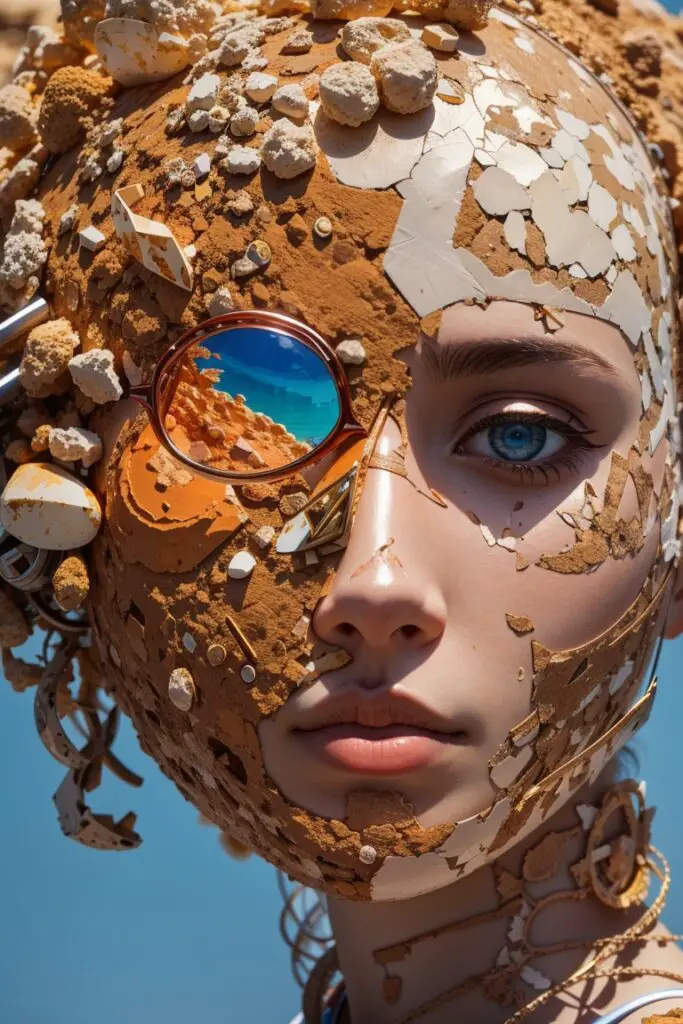
terms:
Certainly, here are a few key terms and definitions related to skin’s cancer and its different perspectives:
- Skin Cancer: A infection characterized by the uncontrolled development of unusual skin cells, regularly activated by presentation to bright (UV) radiation.
- Basal Cell Carcinoma (BCC): The foremost common sort of skin’s cancer, ordinarily slow-growing and once in a while spreading to other parts of the body.
- Squamous Cell Carcinoma (SCC): A sort of skin’s cancer that starts in squamous cells, which are flat, lean cells within the furthest layer of the skin.
- Melanoma: A more forceful and possibly life-threatening frame of skin’s cancer that emerges from melanocytes, pigment-producing cells within the skin.
- Bright (UV) Radiation: Imperceptible radiation from the sun and manufactured sources like tanning beds, dependable for harming skin’s cells and expanding the hazard of skin’s cancer.
- Sunscreen: A topical item containing UV-blocking fixings that makes a difference secure the skin from sunburn and UV radiation.
- SPF (Sun Security Figure): A numerical rating on sunscreen items demonstrating the level of security they offer against UVB radiation.
- Dermatologist: A therapeutic specialist specializing within the conclusion and treatment of skin clutters, counting skin cancer.
- Mohs Micrographic Surgery: A specialized surgical strategy for expelling skin cancer that includes evacuating lean layers of tissue and analyzing them beneath a magnifying lens until all cancer cells are expelled.
- Cryotherapy: A treatment strategy that employments extraordinary cold (fluid nitrogen) to solidify and annihilate unusual skin cells, regularly utilized for precancerous injuries.
- Actinic Keratosis: Precancerous skin injuries caused by UV presentation, which may develop into squamous cell carcinoma in case cleared out untreated.
- Lymph Hubs: Little, bean-shaped structures within the body that offer assistance channel and circulate lymphatic liquid. They are critical in assessing the spread of cancer.
- Immunotherapy: A sort of cancer treatment that boosts the body’s resistant framework to target and devastate cancer cells.
- Focused on Treatment: A treatment approach that employments drugs to target particular atoms or pathways included within the development and spread of cancer cells.
- Chemotherapy: The utilize of drugs to slaughter or moderate the development of cancer cells, regularly utilized in cases of progressed or metastatic skin cancer.
- Biopsy: The evacuation of a little tissue test for examination beneath a magnifying lens to decide whether cancer cells are show.
- Sun-Safe Behaviors: Hones pointed at minimizing sun exposure and diminishing the hazard of skin’s cancer, counting wearing defensive clothing, looking for shade, and utilizing sunscreen.
- Photosensitizing Operator: A substance that creates cells more touchy to light, regularly utilized in photodynamic treatment (PDT) for skin cancer treatment.
- UV List: A numerical scale that measures the concentrated of UV radiation from the sun,making a difference individuals survey the chance of sunburn and skin harm on a specific day.
These terms give a foundational understanding of skin’s cancer and its related concepts. In case you have got more particular questions or require encourage clarifications, feel free to inquire.

Pingback: BONE MARROW CANCER CAUSES, SIDE EFFECTS AND ITS 10 TREATMENT OPTIONS. - learnifyzone